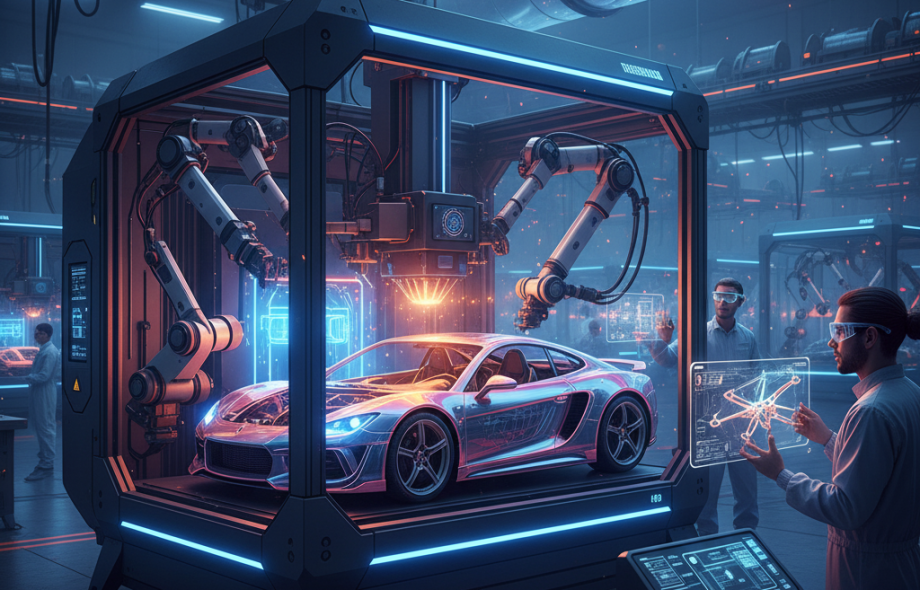3D printing, also known as additive manufacturing, has been making waves in the technology world for its groundbreaking capabilities. This innovative process allows users to create three-dimensional objects from digital files, layer-by-layer, using materials such as plastics, metals, and even food. From creating prototypes and personalized products to medical implants and even houses, the potential applications of 3D printing are virtually limitless.
One of the key advantages of 3D printing is its ability to rapidly prototype new designs. Traditional manufacturing methods can be time-consuming and costly, particularly when producing small batches or one-off customized items. With 3D printing, businesses can quickly iterate on designs, test multiple versions, and even produce custom products on-demand, saving both time and money in the long run.
The medical industry has also been revolutionized by 3D printing technology. Custom prosthetics, implants, and even organs can now be created using patient-specific data, leading to improved outcomes and reduced recovery times. Doctors are able to practice complex surgeries on 3D-printed models before performing the actual procedure, resulting in safer and more efficient patient care.
Another exciting development in the world of 3D printing is the use of sustainable materials. Companies are now exploring the use of biodegradable plastics, recycled metals, and even food waste to create eco-friendly products. This shift towards more sustainable practices is not only beneficial for the environment but also opens up new opportunities for creative and innovative designs.
As 3D printing continues to evolve, researchers are pushing the boundaries of what is possible. From printing entire buildings to creating intricate jewelry and fashion pieces, the possibilities are endless. The technology is becoming more accessible to the general public, with affordable desktop printers now available for home use. DIY enthusiasts, hobbyists, and small businesses are embracing 3D printing to bring their ideas to life in ways that were once unimaginable.
In conclusion, 3D printing is a game-changer in the world of manufacturing and design. Its ability to create complex shapes, customize products, and push the boundaries of creativity is transforming industries across the board. Whether you’re a designer, engineer, healthcare professional, or simply a curious individual, 3D printing offers endless possibilities to explore and create. Embrace the future of manufacturing with this transformative technology.
 :
https://www.pinterest.com/xceltec0192/
:
https://www.pinterest.com/xceltec0192/












